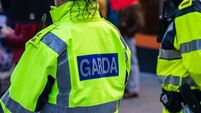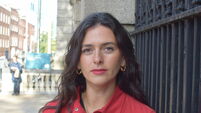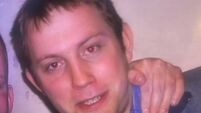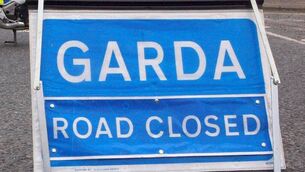'Hopefully, they find as many of the missing children as possible'
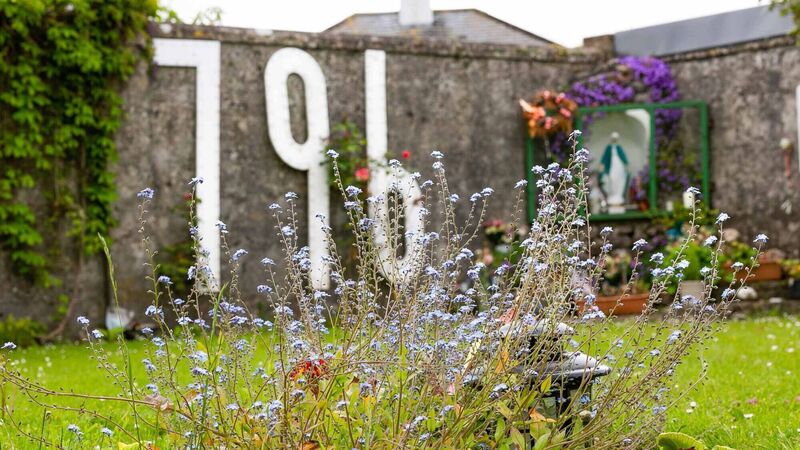
Forget-me-not flowers growing at the site of the Tuam Mother and Babies Home. Picture: Andy Newman
Archaeologist Toni Maguire instantly knew she was walking on dozens of graves when she first inspected the grounds of the former Tuam mother and baby home 11 years ago.
Having spent decades studying the landscape around former workhouses and mother and baby homes, she knew she was dealing with an extraordinary case.
Ms Maguire had been asked by local historian Catherine Corless to visit the grounds of the former religious-run home for unmarried mothers in Co Galway.
This was after Ms Corless uncovered the names of 796 children who died in the home from 1925 to 1961, believed to be buried in a mass grave on the site.
In 2012, Ms Corless began researching the children who died at the former Tuam mother and baby home, producing her findings the following year.
In May 2014, her findings made the front page of a national newspaper here. Her research went on to make international headlines.
“I was the first archaeologist to walk the site then,” Ms Maguire explained. “I felt [Catherine] was out there on her own and I wanted to help."
“I met her there at the site, and I looked at the plot and I listened to Catherine talking, and she said there were 796 babies that she had death records for.
“And then I had to say to Catherine ‘I have to tell you, that my opinion is, you do not have burials here, if you're talking about a traditional earth burial’.”
“Something else is going on. I cannot see individual graves here.”
Now at the centre of the country’s first ever mass exhumation, the mass grave of infants at Tuam was first discovered by two young boys playing in the eighties.
At the time, the home had been knocked down, and the Galway County Council was building a housing estate in its place.
As children, locals Barry Sweeney and Frannie Hopkins found a skull and bones they remember to this day.
They told their families, and the next day, the area was flattened out and covered up.
“Nothing was done about it then,” said Ms Maguire. “It just was as though it never happened, until Catherine began work researching the home and the children.
“Nobody knew the full extent of what those boys found, but it was not investigated.”
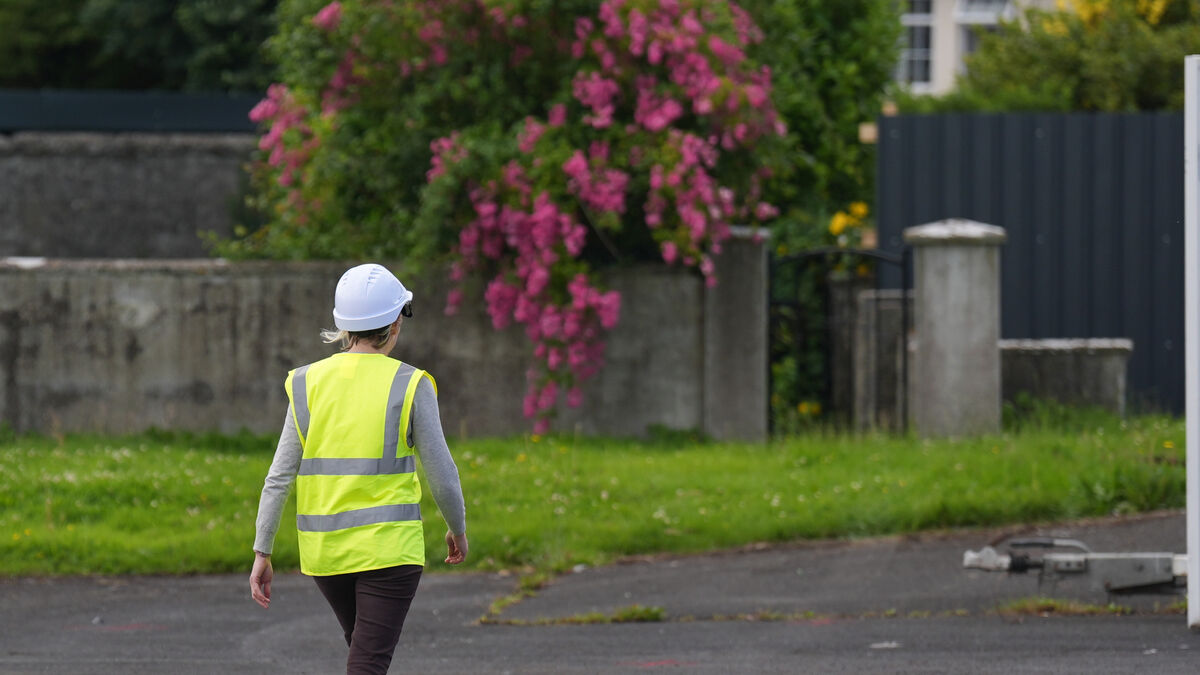
Another local woman, called Mary Moriarty, also fell into the crypt at the site and saw “bundles” stacked on top of each other, she added.
"It sounded like a scene out of , but again, that’s all we knew about the burials.”
Ms. Maguire, from Belfast, has worked in anthropology and forensic archaeology for 30 years. Her area of expertise is infant burials.
For the past 18 years, she has dedicated her work primarily to locating sites of graves in Milltown Cemetery in the North.
While many of these large burial sites are dotted all over the country and were known about at the time, there was no concrete evidence of the numbers of remains buried in each one.
Speaking this week with the , Ms Maguire said little did she realise it would take 11 years before anyone broke ground on the site when she examined it in 2014.
“Looking at the land, and that's part of what I do is to read the landscape and look for the indications and I know what will be there, there were no indications of individual graves, and I had pointed that out to Catherine,” she said.
“But I also got her to hunker down. I said ‘Come down closer to the surface of the ground’. If you look across, I can see stretching in front of me, the ‘dome’ top, it looked like a structure under the ground, there would have had to have been a tunnel into the crypt that Mary Moriarty fell into years ago”.
The ‘dome’ Ms Maguire is referring to is a box-like crypt under the memorial ground in Tuam. This crypt was later described in more detail by engineers following the first ground-penetrating scan (GPS) of the area.
This work was carried out by engineering company TST Engineering in 2014.
Simone Demurtas, TST managing director, scanned the grounds of Tuam privately before any forensic team investigated the site.
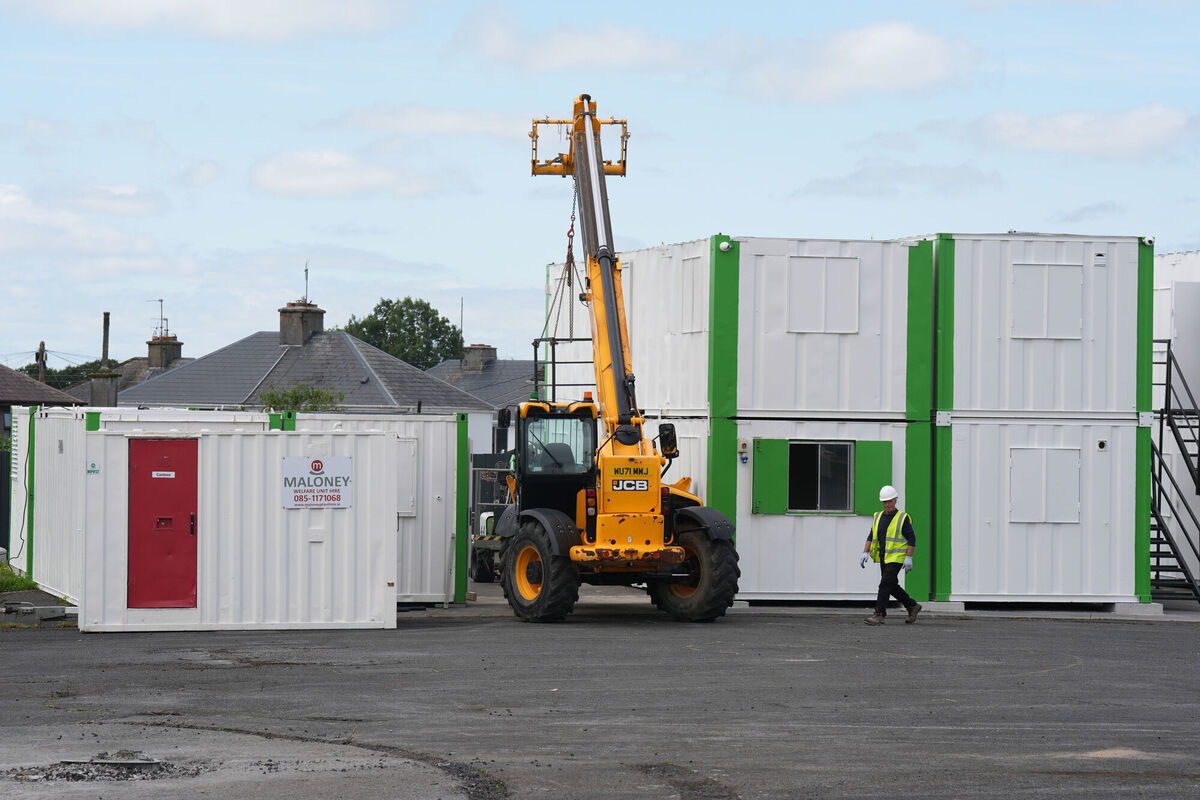
His team uncovered two large anomalies, and his recommendations then included test excavations and if necessary, a full excavation.
“The way it works with the ground penetrating scan (GPS), we use electromagnetic waves” he explained. “They penetrate the ground without opening it.”
The waves hit the target and come back, he added.
“When it's coming back, there is software obviously in the office that can analyse this data and build the shape of the target." When the target is a material like metal or cast iron, the reading is very strong.
If the target is plastic or wood, this comes back lighter.
It is more difficult to read in this case, Mr Demurtas explained, but when there is a large amount of the target, it still creates an “anomaly”.
“Something that we cannot really identify. But we know there is something strange,” he said.
“Sometimes it could be even the trench; So we can see the trench, maybe we don't see the bottom of the trench because it's too deep but we can see the trench and it's still an indication of somebody doing something in this area.
“It is man made, so these are all important things to do, before you start digging. If you don't do a GPS or another geophysics way, you are digging in the darkness.”
The specialised radar showed two areas at the site likely to be man-made or unnatural structures.
One was a box-like structure, and another was a wide area of up to 48 square metres which was covered over and contained items of denser material than the surrounding soil.
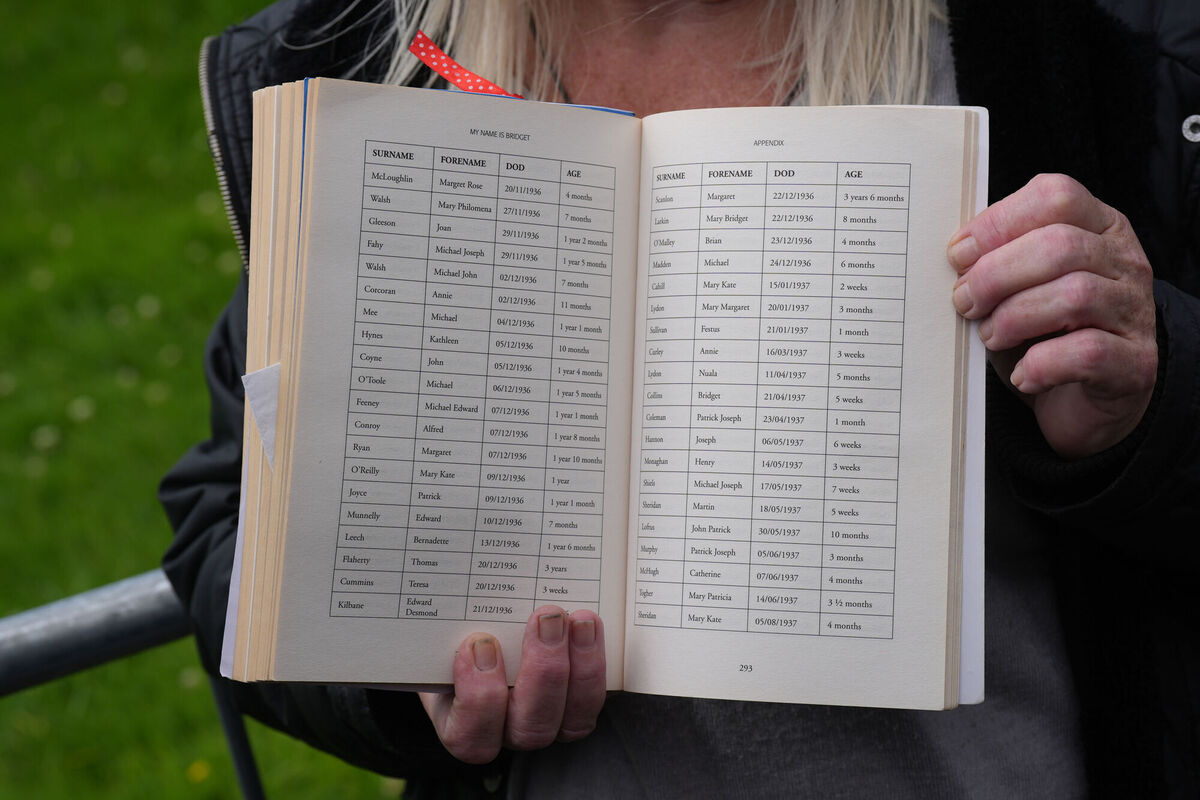
While Mr Demurtas is not a forensic archaeologist, at the time he recommended the grounds of the former home be excavated by a specialist team.
He also recommended an investigation of the box-like crypts and tanks underground where anomalies were flagged.
“I don’t know why it took so long for this excavation to take place,” he said. “But they are doing it now and that’s good, but it is a very difficult job. It will be so complex, but it is good they are doing it.”
Another ground penetrating scan (GPS) took place at the site on foot of a direction from a Commission of Inquiry established in 2015 to investigate some of the mother and baby homes.
This GPS resulted in test excavations carried out by forensic archaeologist Dr Niamh McCullough in October 2016 and January 2017.
The results confirmed that a “significant quantity” of remains of children who died in the home were buried in 18 of the 20 chambers of a sewage tank, first picked up as large anomalies by Mr Demurtas’ team of engineers in 2014.
The long-awaited full exhumation of the site, due to begin on Monday July 14, is a result of these findings, albeit 11 years later.
As the forensic team prepares to open the grounds next week, Ms Maguire explained the process involved.
“What the team are going to have to do is go in, and recover everything that's recoverable, and they're going to have to, first of all try and determine how many individuals they are dealing with,” she said.
“It's like if you've got 100 right femurs, but you've got 120 left femurs, you've got 120 individuals. They're going to have to deal with all that. That's going to take a lot of time.
“The team will have to find out what they can from the forensic analysis of the skeletal remains they take back.
“They say that the excavation could take two years, but it could be three years or more, before they actually get all the information they need and put it out as the report.” There’s just no way to rush this work, she added.
“They have to go through every piece of soil on the 5,000 square metre area and comb it and scrap the layers away and examine it all. It is painstaking work and the team, my heart goes out to them. It's going to be hard to do.”
“Sometimes it's overwhelming. I know when I was doing some of this work, I used to have to come home and do the ironing to sort of ground myself again to normality, and then I could face the next bit and work on from that, and they will have that too.”
The project will take part in five phases with the memorial garden examined last. Any remains found will be preserved in large temperature and humidity-controlled units onsite during the intervention.
“It depends on what they find” said Ms Maguire. “Those remains will all be preserved and examined forensically and then the DNA process will have to take place at some stage, that’s matching the children to their relatives, that will depend on who comes forward, how close a relative they are to the child and hopefully, someday, they can be laid to rest, but to identify them all will be a major challenge because we don’t know the condition the remains are in.
“A lot will have happened underground with soil movement, rodent activity and weather, but, hopefully, they find as many of the missing children as possible.”



